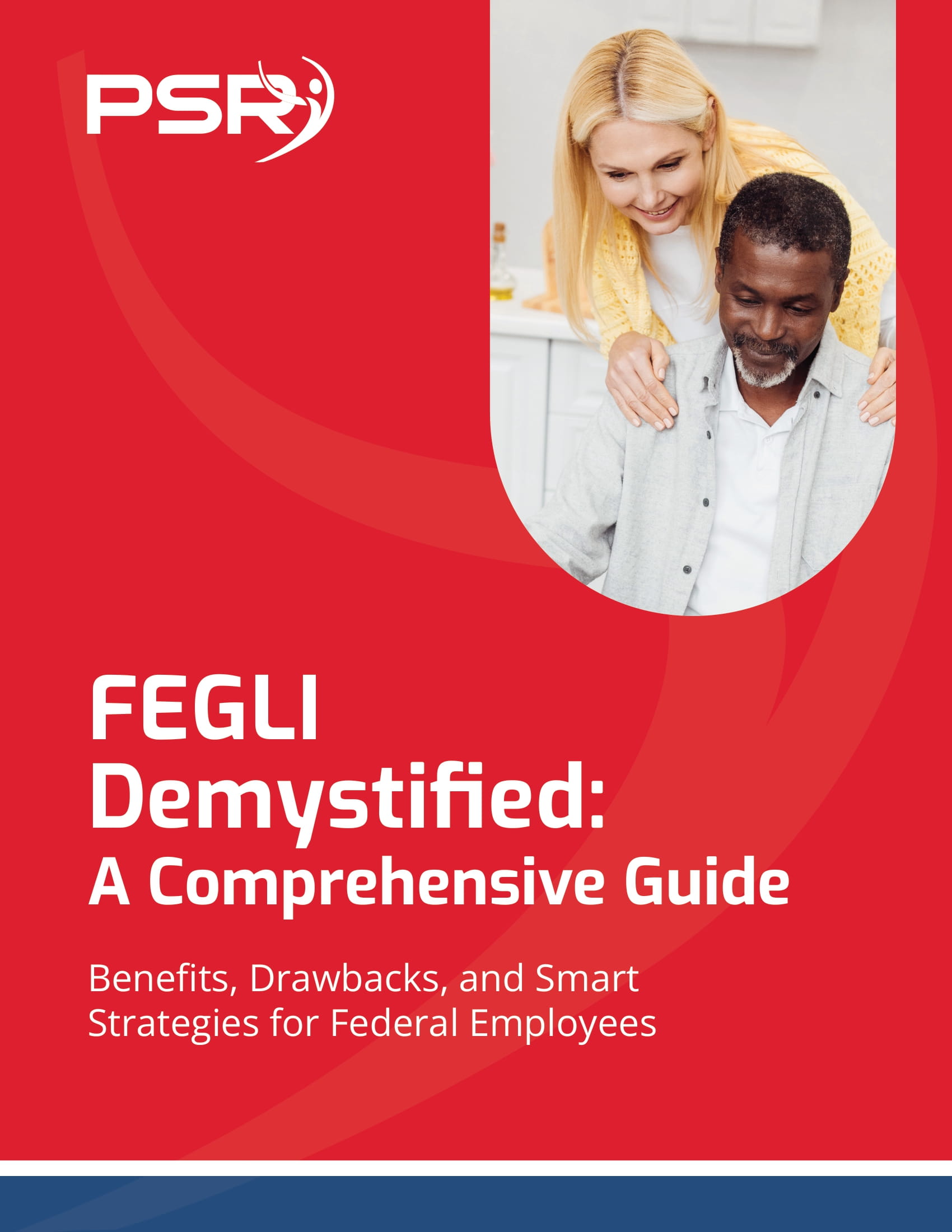Key Takeaways
-
FEGLI premiums in 2025 have risen significantly, leading many federal employees to reassess its value compared to alternative options.
-
Understanding your financial goals and exploring private insurance or other benefits can help you make an informed decision about your life insurance needs.
Rising Costs in FEGLI: What You Need to Know
As a federal employee, you’ve likely relied on the Federal Employees’ Group Life Insurance (FEGLI) program for your life insurance needs. However, in 2025, many are finding that the increasing premiums are taking a bigger bite out of their budgets, especially as they approach retirement. This shift has sparked a growing trend: exploring alternatives to FEGLI that provide better value and align more closely with individual financial goals.
- Also Read: FAA, Law Enforcement, and Special Federal Employee Categories—Here’s What Makes Their Retirement Unique
- Also Read: Blending Private and Public Sector Retirement Plans Is Complicated—Here’s Where Couples Get It Wrong
- Also Read: The Silent Shift in Postal Service Retirement Benefits That Could Change Everything by 2026
Why Are FEGLI Premiums Increasing?
Premium increases for FEGLI are tied to multiple factors, including the program’s cost structure and the rising expenses associated with providing life insurance for an aging workforce. FEGLI rates, particularly for Option B (additional coverage) and Option C (family coverage), can climb steeply as you age, with employees over 60 experiencing the most significant hikes.
In 2025, these rising premiums reflect broader economic trends, such as inflation and increased administrative costs. While FEGLI’s basic coverage remains affordable for many, the additional options can quickly become prohibitively expensive.
Assessing Your Current Coverage
Before making any decisions, it’s essential to take stock of your current FEGLI coverage and understand what you’re paying for. Here’s how to evaluate your situation:
-
Understand the Basics: FEGLI’s Basic Insurance covers your annual salary (rounded up to the next $1,000) plus $2,000. Additional options allow you to increase coverage for yourself and your family.
-
Review Your Costs: Check your most recent Leave and Earnings Statement to see how much you’re paying for FEGLI. Compare these costs to the benefits you’re receiving.
-
Determine Your Needs: Ask yourself whether the coverage provided aligns with your current financial situation and long-term goals.
Exploring Alternatives to FEGLI
With the rise in FEGLI premiums, many federal employees are exploring other options. Here are some of the most common alternatives:
1. Private Life Insurance Policies
Private insurance companies often offer policies that can be tailored to your specific needs. Term and whole life insurance policies are two popular options:
-
Term Life Insurance: Provides coverage for a specific period, often at a lower cost than FEGLI. This is ideal for those who need coverage during their working years or until certain financial obligations are met.
-
Whole Life Insurance: Offers lifelong coverage and includes a cash value component, which can serve as a financial asset. While more expensive than term life, it may offer better value over time compared to FEGLI’s escalating premiums.
2. Survivor Benefits
Federal employees under the Federal Employees Retirement System (FERS) or the Civil Service Retirement System (CSRS) can opt for survivor benefits, which provide a steady income to a designated beneficiary. While not a direct replacement for life insurance, this can complement your overall financial strategy.
3. Thrift Savings Plan (TSP)
If you’re looking to ensure financial security for your loved ones, your TSP can serve as an additional resource. By maximizing contributions and choosing appropriate investment options, you can build a nest egg that complements other forms of coverage.
The Role of Financial Planning
Switching from FEGLI to an alternative requires careful financial planning. Here’s how to get started:
Step 1: Assess Your Financial Goals
Think about what you want to achieve with your life insurance policy. Do you need coverage to pay off a mortgage, fund your children’s education, or provide income replacement for your family?
Step 2: Compare Costs and Benefits
Use online calculators or consult with a financial advisor to compare the costs of FEGLI with private insurance options. Be sure to account for:
-
Monthly premiums
-
Coverage amounts
-
Potential cash value (for whole life policies)
-
Additional benefits or riders
Step 3: Understand Policy Terms
If you’re considering private insurance, make sure you understand the terms of the policy. For example, does the policy include a guaranteed renewal? Are there exclusions or waiting periods?
Step 4: Consult with Experts
A financial advisor or insurance broker can help you navigate the complexities of life insurance. They can provide personalized advice based on your age, health, and financial situation.
Maximizing Your Benefits in Retirement
If you’re approaching retirement, life insurance needs often shift. Many retirees no longer require as much coverage as they did during their working years. Here’s how to adjust your strategy:
1. Reduce Unnecessary Coverage
If your children are grown and your mortgage is paid off, you may not need as much life insurance. Consider scaling back your coverage to match your reduced financial obligations.
2. Leverage Other Benefits
Retirees often have access to benefits like Social Security, pensions, and the TSP. Use these resources to provide financial security for your loved ones, reducing your reliance on life insurance.
3. Explore Permanent Insurance Options
If you want lifelong coverage, consider a private whole life policy. While the premiums are higher, the fixed costs and additional benefits may make it a better option than FEGLI for some retirees.
Balancing Costs and Coverage
Finding the right balance between costs and coverage is key to making an informed decision about life insurance. Here are some tips:
-
Shop Around: Even within private insurance, rates and terms can vary widely. Get quotes from multiple providers to find the best fit for your needs.
-
Bundle Policies: Some insurance providers offer discounts if you bundle life insurance with other types of coverage, such as auto or homeowners insurance.
-
Consider Your Health: Your age and health status can significantly impact the cost of private insurance. If you’re in good health, you may qualify for lower premiums.
Key Considerations for 2025
When evaluating your options, keep these 2025-specific factors in mind:
-
Premium Trends: FEGLI’s premiums are likely to continue increasing. Plan for these rising costs if you decide to stick with the program.
-
Policy Availability: Some private insurers offer policies specifically designed for federal employees. These may provide additional benefits tailored to your unique needs.
-
Legislative Changes: Stay informed about any legislative changes that could impact your benefits or the availability of life insurance options.
Final Thoughts: Reassessing Your Life Insurance Needs
The rising costs of FEGLI in 2025 are prompting many federal employees to reevaluate their life insurance options. By understanding your needs, exploring alternatives, and leveraging financial planning tools, you can find a solution that provides the right coverage at a price that fits your budget. Whether you stick with FEGLI, transition to a private policy, or rely on other benefits, the most important step is taking control of your financial future.













